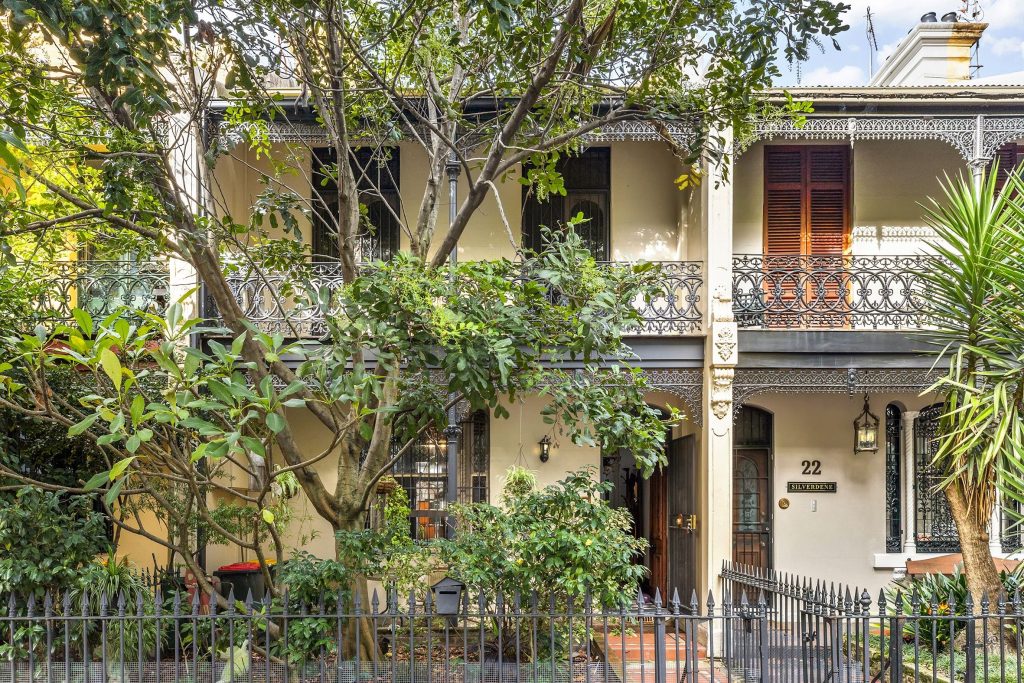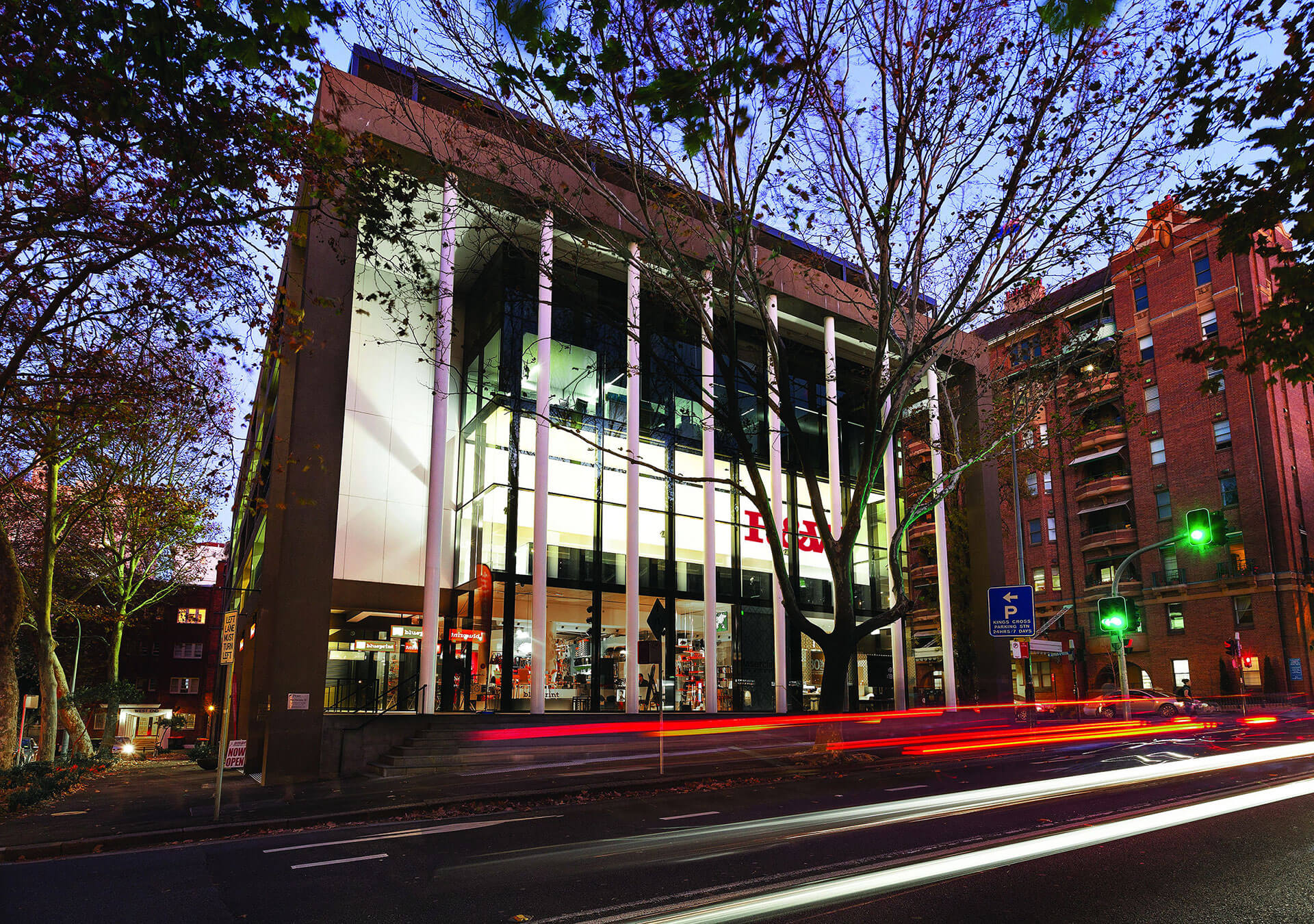20 CROWN STREET WOOLLOOMOOLOO

Woolloomooloo was once a farm and a former Aboriginal corroboree ground facing Woolloomooloo Bay. The bay’s high water mark shore line was different to today’s and was roughly near Cathedral Street.
20 Crown Street, Woolloomooloo, is for sale through Jason Boon, Angelo Bouras and Tonia Croft www.rwebay.com.au/7578805/
The colony’s commissary-general, John Palmer, was granted land here in 1793. He built a house and farmed fruit trees, cattle and even experimented with growing tobacco. The success of his endeavours resulted in the valley becoming known as The Farm.
The area was labelled Garden Cove, or Garden Island Cove, as it was adjacent to Garden Island, but 1791 recordings of local names assigned Ba-ing-hoe for the island and Walla-mool, Woollamoola or Walla-bah-mulla for the valley known today as Woolloomooloo.
After 1822 Palmer sold out to Edward Riley who was piecing together a huge estate from the valley south into Surry Hills. He accepted Aboriginal people as nightly residents in the areas surrounding the house.
With picturesque outlooks and very little industry, Woolloomooloo enjoyed a brief heyday as a desirable address, separate from the grime of the centre of town. George French Angas commented in 1845 that Woolloomooloo was a ‘very pretty’ place of villas and gardens, and as late as 1872 visiting English novelist Anthony Trollope referred to the ‘combined towns of Sydney and Woolloomooloo’, adding that the latter was ‘much more fashionable’. But as the name Woolloomooloo was still sometimes used to describe both the valley and the heights, now known as Potts Point, it is possible that the finer houses in more favoured parts eclipsed the lowly workers’ cottages that were beginning to cover the valley.
When the authorities carried out an extensive house-to-house inspection of the city’s worst housing in 1876, they were surprised at the number of dilapidated and unsanitary houses in the area next to the bay that had seen better days, one with the floorboards gone and with a ceiling made of brown paper but with remnant oil paintings still on the walls.
The catalyst for the social decline of Woolloomooloo was the expansion of the wharfage.
By the late nineteenth century any good reputation that Woolloomooloo may have had was in tatters. Innocent bystanders could be terrorised by the larrikins of the Plunkett Street Push. Fights at the fish markets and in the pubs around the wharf were daily occurrences. Landlords were not inclined to bother with maintaining properties which were commanding only small rents.
But Sydney’s building boom of the late 1880s saw many terrace houses built, still standing today, including number 20 Crown Street.
Number 20 is remarkably intact and includes its original façade, cast iron lace balcony with supporting Corinthian metal columns, arched windows, high ceilings, ornate cornices, pressed metal ceilings, wooden skirting boards, wooden staircase, fireplace surrounds, wood panelled doors and early colonial rough cast burnt bricks.
Its design is now considered fashionable and sustainable in a prime location.
By Andrew Woodhouse
Heritage Solutions





